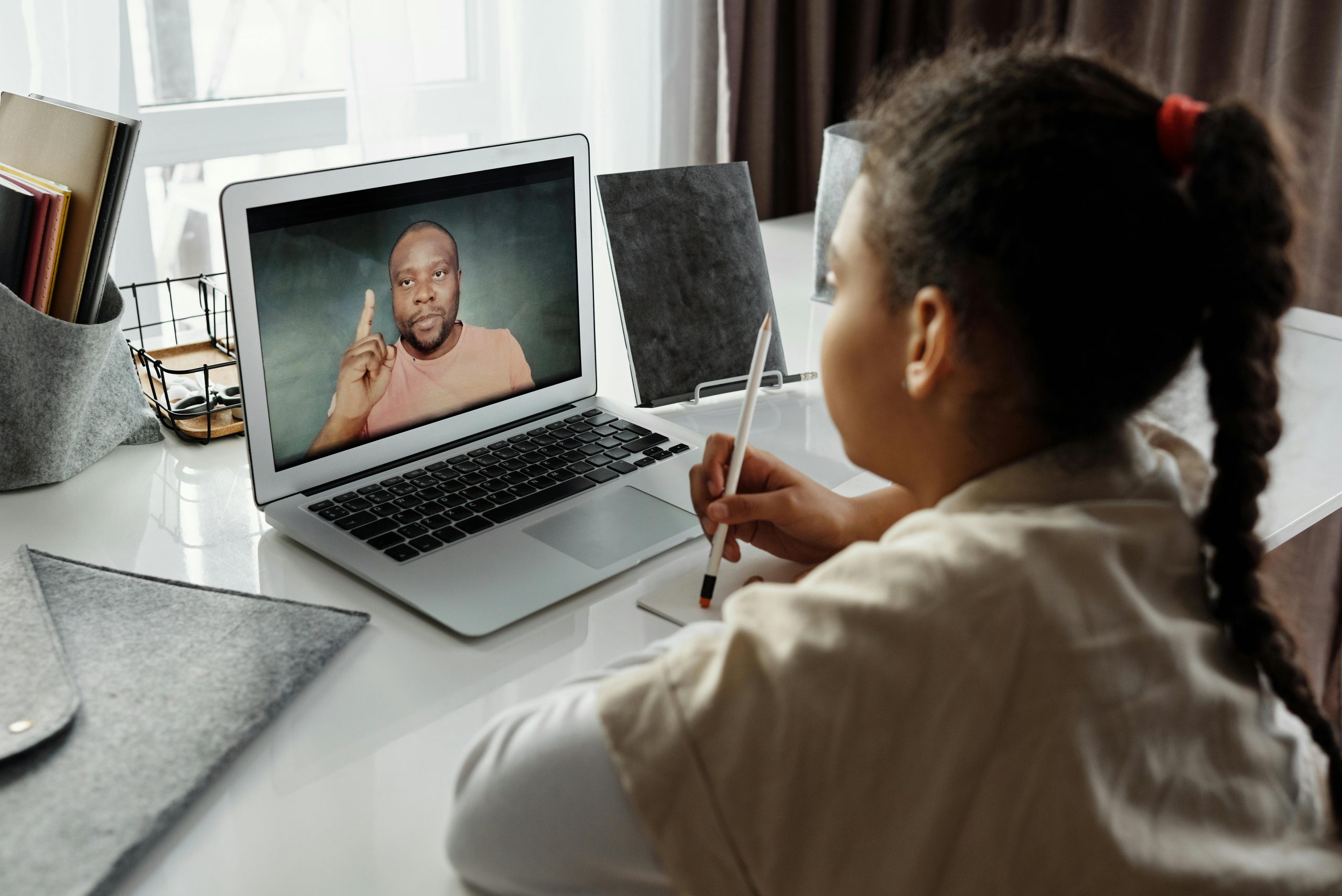
Face it, remote learning with its Zoom sessions and homeschooling assignments on Google Classroom transformed how students approach learning. You might have loved it or hated it, but at least getting educated from your bedroom in your pajamas was a feel-fresh experience. But now that we’ve experienced it, the big question is – did it facilitate or hinder classroom learning among students? Concerning this problem, there is no straightforward “yes” or “no” answer is obtainable. The way remote learning was impacting students was different, and there was evidence that showed the outcome of this shift. Let’s break it down.
The Good: Flexibility and Independence
The increased flexibility was one of the largest benefits when it comes to remote learning. Students were not bound to a fixed schedule and hence lacked class schedules. You could roll out of bed five minutes before the start of class, pull out your laptop, and still make it on time. Such flexibility was helpful for learners who favored learning at a convenient pace. In such traditional classes, other students usually feel pressured to compete with the others, although they require more time to understand the issues. Through remote learning, the students can watch the lessons with the ability to repeat them, which is helpful. Lectures that were previously given could be recorded and put up online for students to use as study materials on their own time.
It is particularly helpful for those students who have other obligations within their households. For example, certain older students have to attend classes while holding jobs or helping to care for their siblings, but they are able to attend the class effectively. Lacking the teachers’ supervision of their performance as well as student engagement in virtual classrooms, students sometimes have to assume responsibility for their learning outcomes. Such self-motivation is work-related and applies not only at school. The habits learned at school will see the students learn how to:
- Manage time.
- Set goals.
- Discipline themselves.
The Bad: Distractions!
On the other hand, the same factor could show the challenges of remote learning as well, especially since independence so often leads to people doing their own thing. Many of the students are not self-motivated, disciplined, and organized, while for those who have difficulty with those aspects, remote learning is just like opening Pandora’s box. Gleams at home that were not present in a class tempted every student at one stage or another. Many students may complain that they are distracted during class – whether it is passing time watching TikTok videos or getting stuck in Netflix series.
There were even cases when students had noisy families – screaming siblings, parents telecommuting, or just no place to study undisturbed. This makes it even more difficult for the students to devise a way to approach the lessons, and as such, they develop a tendency to lag behind most of the time. To make the best out of it, learners simply roamed around aimlessly because teachers were not there to call them to order or, most importantly, ensure that the young adults stayed focused on their books. In some cases, students even turned to websites that write essays to complete their assignments, illustrating how they struggled to stay engaged in their coursework.
Another aspect that had to be redesigned was the lack of instant feedback from teachers, which was characteristic of the live teaching process. Ideally, in a classroom, one can have hands raised and ask questions, and the teacher provides immediate answers. Remote learning and student engagement inverted this approach, and in most practice, emitter students labored to ask for the best homework help with delayed responses. It is the same as in online mode. When the learner answers a question either by e-mail or during “office hour,” the student could progress to the next section and forget what he/she had learned earlier.
The Ugly: Effects of Zoom Fatigue on Mental Health
It’s a phenomenon no one needs an explanation for in 2020 – Zoom fatigue – when you’re just so tired of looking at a screen for hours that your brain feels like it’s turned to mush. This is just a single impact of distance learning on students and their educational development that no one saw coming. The constant attention to the screens, whether in classes or at home, resulted in exhaustion for both students and teachers. Sometimes, the structure of the physical learning environment where children go to their classes takes effort to imitate and it was especially noticeable that during remote learning, it was hard to differentiate one class from another. It seemed like one endless Zoom call.
However, physical exhaustion is not the only issue. There is emotional exhaustion, too. Indeed, perceptions of loneliness are usually rife when students are forced to learn remotely from their homes. But remember – school is not only for learning; it is a place where children meet and interact with other children and also the teachers from whom they are supposed to take beneficial lessons.
Did It Affect Students’ Achievement?
Now, let’s talk about the bottom line – academic achievement. Why were students better or worse at learning in a remote environment? The answer is complicated. The benefit of remote learning has, without a doubt, been an opportunity for some students to thrive. The students appreciated the fact that it was much less formal and self-managed more of the time. It came as a good match for students who were likely to be independent learners or those who came from supportive homes to take up remote learning in the first place. The students could organize their course as per their requirements and perform well in those subjects which interested them.
However, in many other students, academic production greatly reduced its stature. One of the largest concerns was the issue of the “digital divide.” Not all the students had access to technology or had a proper internet connection throughout the semester. Some never even had a quiet place where they could go study which put them at a great disadvantage. Remote students and those from lower-income households would likely have it worse.

Conclusion
So, what is the point of all of this? Decentralized learning proved to us that future education cannot remain the way it currently is. It goes without mentioning that the use of technology and enhancing the availability of flexible learning spaces are useful and important, but it is impossible to disregard the difficulties resulting from such approaches, particularly those referring to equity and students’ well-being. To ensure that going forward the learning experience is much improved, it will be important to find the right mix of both online and face-to-face teaching practice such that every student is equipped with what he/she needs. On its own, remote study may not be without imperfection, but this has paved the way for new opportunities for learning, and it is now up to educators, policymakers, and the communities to take what has been paved.

You must be logged in to post a comment Login